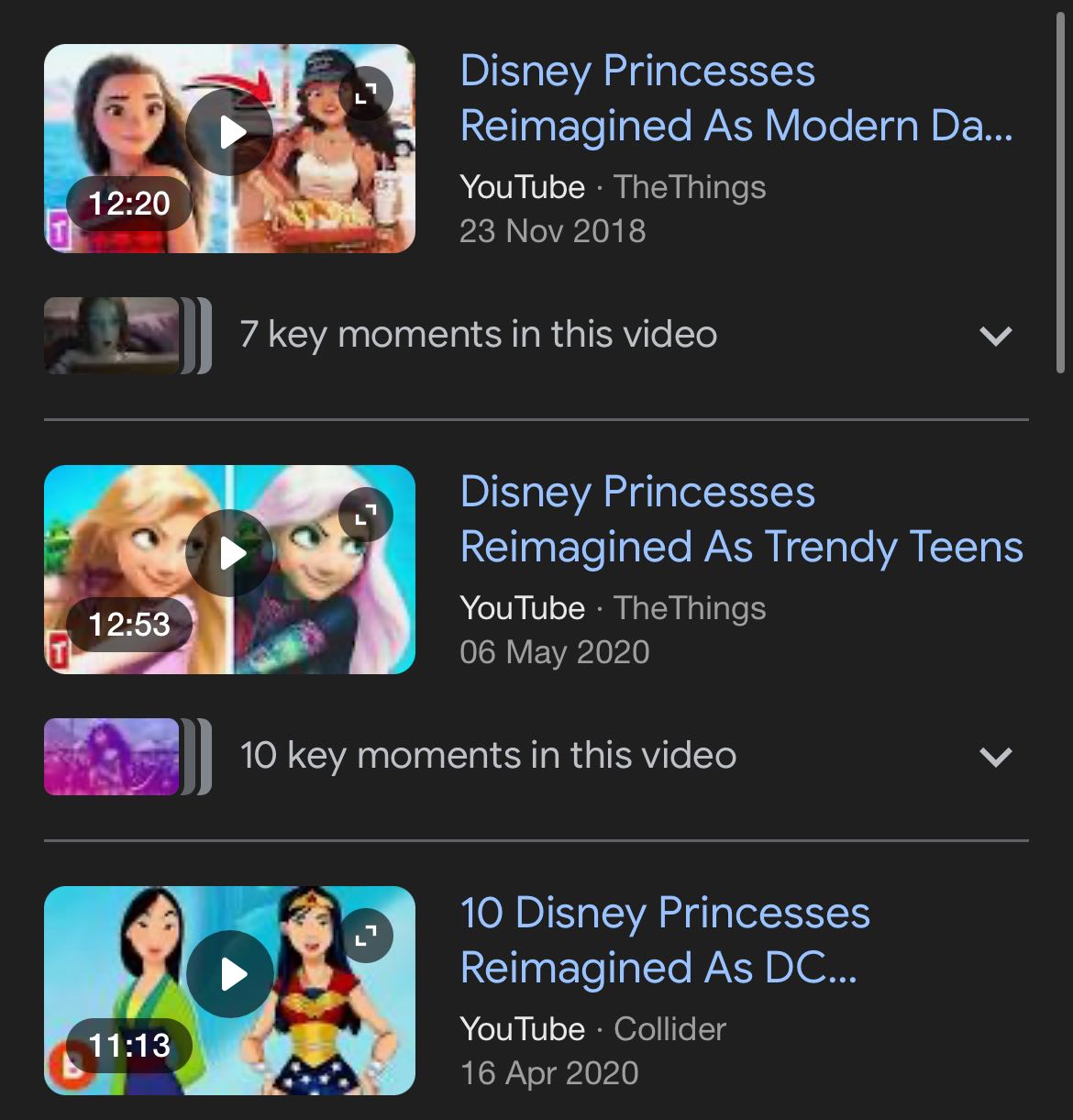This article is an extension of “The Narcissist-Image,” departing from Fares Chalabi’s presentation in “Deleuzian Aesthetics.”
Much of Chalabi’s Deleuzian Aesthetics is based on a critique of interpretation, which for Chalabi, is a procedure for reading art where “this means that, and that means this,” that something like the color black points to a feeling of darkness or evil, or that the use of the Virgin Mary means the work of art is about peace. He thinks, of course, that this way of reading art, interpretation, is quite problematic.
The best way to understand an interpretational reading of a work of art is to think of an interpreter, the kind you’d see on news programs. The interpreter translates in real time the words spoken by a person in one language into the broadcaster’s official language. This is more or less what an interpretational reading of a work of art does. It occurs when a work of art or a motif in a work of art is encoded in another language. You can have, for example, a psychoanalytic interpretation of a work of art in which the eagle in a painting is the father, and the snake the eagle severs from the grass is the castrated penis of the child. Chalabi shows his irritation with this approach to art, but also in his understanding of ethics which heavily features Freudian concepts.
“Deleuzian Aesthetics” prescribes a structural reading of the work of art as an alternative to interpretation. It consists of locating a central concept, a logic, which informs the entirety of the work of art. These logics can be found in the periodic table of aesthetic logics, the typology of mutually exclusive image types invented by Deleuze and explicated by Chalabi.
Consider how Chalabi explains the Series through a structural reading of different works of art. He explains Series as being necessarily for the construction of different variations of a single idea that is being proposed or problematized. It is the reason why Chalabi considers Saul LeWitt’s “Incomplete Open Cubes” and Jean Luc Goddard’s “Here and Elsewhere” as Series.
This aspect of problematization, or rather its absence, is also why Chalabi doesn’t consider Andy Warhol’s “Campbell’s Soup” to be a Series. Though Warhol’s paintings do consist of different variations of a singular soup can, one being mushroom flavored, another chicken flavored, they are not done in a manner of problematization. Chalabi defines the soup cans’ central aesthetic structure as Cliché. The Cliché consists of making a copy or different copies of pieces of pure sight and/or sounds, usually associated with commercialism. More specifically, Warhol’s paintings, unlike Jacques Tatti’s films, are a celebration of Cliché, whereas Tati’s films operate within the logic of Cliché but in a critical manner.
Chalabi stresses looking at the “image itself”. The structural reading looks at the image qua image, the image insofar as it is an image. While interpretation looks at the image qua x, the image insofar as its Psychoanalytic, Marxian, political, scientific, or autobiographical significance.
Interpretation, however, should not be understood as a mode of reading art that treats the work of art as redundant or as a blank surface on which to make projections. However, to continue in the typological, genetic, and logic-centered rationality of “Deleuzian Aesthetics,” every interpretation is a projection but not every projection is an interpretation. Though projection is an indispensable part of interpretation, interpretation is irreducible to projection. Interpretation involves using projection to bring something out of the artwork and not merely a projection onto the work of art.

Screenshot of Google search of “Disney Princesses Reimagined as”
A projection is an exercise that can be seen in the internet phenomenon of “Disney Princesses Reimagined as…”. This meme involves imposing various themes, such as parenthood, homosexuality, contemporaneity, and other such subject matter, onto a preconceived motif that is the Disney princesses.
While an interpretation can be noticed in The Take’s video on “Rosemary’s Baby.” The Take’s interpretation, indeed, imposes the discourse of women’s bodily autonomy, reproductive labor, and women’s neglect in the healthcare system, into their discussion of the film. This projection of discourse, however, does explain the extent to which Rosemary Woodhouse was systematically manipulated by her paternalistic neighbors and her husband. The projection of this discourse even colors Dr. Hill’s betrayal of Rosemary in a new and invigorating way. This betrayal happened after Hill found out that Abe Saperstein, a well-recognized doctor who was taking part in Rosemary’s exploitation, was Rosemary’s other doctor. After this, Hill reported Rosemary to her husband and Saperstein. This interpretation through the lens of women’s systematic neglect in the healthcare system brings out the coldness of Hill’s betrayal and seems to explain the reasons behind it. It should be noted that Hill, unlike Saperstein or Rosemary’s husband, is not a central character in the film who has particular ill-will towards Rosemary, or a vested interest in capturing Rosemary. He merely betrays her because this is what a doctor does when he is faced with a “hysterical“ woman whose story contradicts that of an esteemed male colleague in the medical field.

Schema of Interpretation’s asymptotic nature
The difference between projection and interpretation, however, is not extensive, but intensive. This dynamic can be schematized as an asymptote, where a point on the asymptote can approach the zero point, the point of truth, but cannot intersect with it. The further from the zero point is a reading of art , the more it is a projection. Conversely, the closer it is to the zero point, the more it is an interpretation.
But even the best interpretations cannot reach the zero point. This is because interpretation is ultimately also concerned with something that is not obviously the work of art. Interpretation is concerned with the meaning “behind” the work of art, which is distinct from the work of art itself.
Take, for example, “Mulholland Drive.” It would not be a great interpretation, but a projection if I read the film as being about climate change. This is because not much in the film points towards climate change. One could, however, say that the beast that paralyzes Dan at Winkie’s Diner is the climate catastrophe, that Dan, representing humanity, had “dreamed” about, i.e seen predicted on television and in media, before his encounter with the beast which destroys him. Such a reading of the film relies more on the discourse of climate change which exists outside the film than anything within the film itself.
Whereas it would be a sound interpretation if we read “Mulholland Drive” as a movie about our fantasies, and how they can be shattered, or how they can be traumatizing if they come true. This reading touches much more on what actually is in the film, from what happens to Dan at Winkie’s, to the revelation at the end of the film; that most of the film was merely Diane’s dream. Regardless, such a “Lacanian” reading is still the encoding of the film in the language of something else; that of dreams and nightmares outside of the film, though to a much smaller extent than the ecological interpretation since dreaming is an act that can happen in a movie as it is suggested in the earlier part of the film as the camera zooms into a pillow.

Schema of truth in Interpretation

Schema of truth in the Structural Reading
Though interpretation cannot be said to possess the rigor that the structural reading is capable of, the latter has a very different relationship with truth than does the former. While a structural reading is quite rigid and extensive in its rigor, interpretational readings are looser and intensive. Interpretation is like a spectrum or gradient, where you can get closer or farther from a correct reading. While structural readings are like a duo-chrome; either red or black; either the work of art is this image type or another; either the reading is wrong or it is right. It’s important to note that these two approaches, structural reading and interpretation, do not compete while addressing different problems. The accuracy of a structural reading does not inherently surpass that of interpretation, as seen in the potential for a flawed structural reading, such as the misreading of Warhol’s soup cans as a Series. Conversely, a commendable interpretation, exemplified by The Take’s analysis of “Rosemary’s Baby,” underscores interpretation’s capacity for truth, albeit a truth which is not directly concerned with the work of art.
